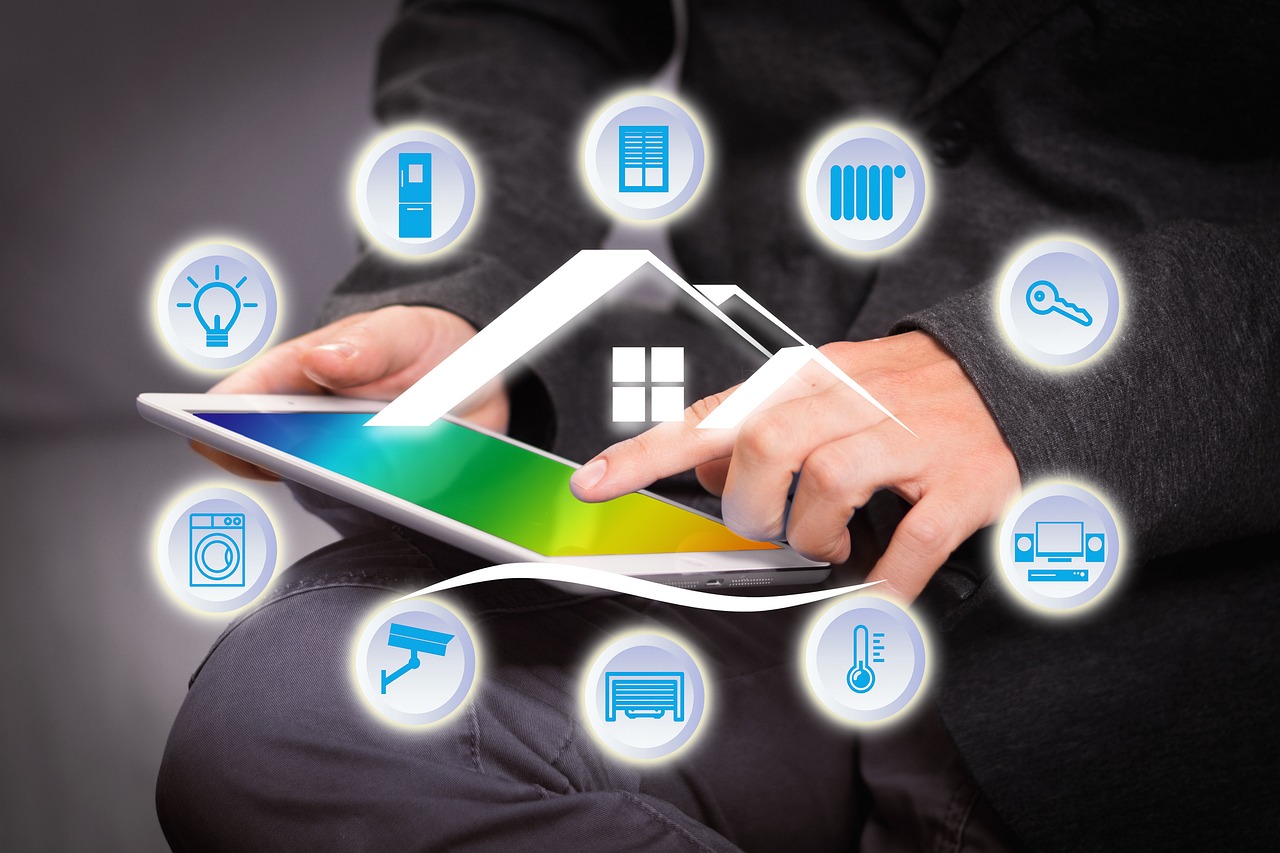As the number of smart homes continues to increase, cable TV and high-speed internet providers are adapting their services to accommodate these homes. Smart homes are homes that use technology to control various functions, such as lighting, security, temperature, and entertainment. As these homes become more popular, cable TV and internet providers are finding new ways to meet the needs of their customers.
One of the biggest ways that providers are adapting to smart homes is by offering more flexible plans. Many providers now offer plans that allow customers to customize their services based on their needs. For example, customers may be able to choose which channels they want to include in their cable TV package, or they may be able to choose from different levels of internet speed. This flexibility is especially important for smart homes, where customers may have specific needs for their internet and TV services.
Another way that providers are adapting to smart homes is by offering more robust internet and Wi-Fi services. Smart homes often require a strong and reliable internet connection, as many smart devices rely on the internet to function. As a result, providers are focusing on improving their internet and Wi-Fi services to ensure that they can meet the needs of smart homes. Some providers are even offering Wi-Fi mesh networks, which use multiple Wi-Fi access points to provide better coverage throughout the home.
Providers are also partnering with smart home device manufacturers to offer integrated services. For example, some cable TV providers now offer voice-activated remotes that can control smart devices in the home, such as smart thermostats and lighting systems. Other providers are offering integrations with home security systems, allowing customers to monitor and control their security systems through their cable TV or internet service.
In addition to these changes, some providers are also offering new services that cater specifically to smart homes. For example, some providers now offer home automation services that allow customers to control various smart devices in their home through a single app or interface. These services may also include features like remote access and scheduling, which allow customers to control their devices even when they are away from home.
Another new service that some providers are offering is virtual reality (VR) and augmented reality (AR) experiences. These experiences can be accessed through cable TV or internet services, and they allow customers to explore virtual spaces and interact with digital objects. While these services may not be directly related to smart homes, they do represent a new way that providers are trying to stay relevant and offer innovative services to their customers.
Overall, cable TV and high-speed internet providers are adapting to the rise of smart homes in a number of ways. By offering more flexible plans, improving internet and Wi-Fi services, and partnering with smart home device manufacturers, providers are able to meet the unique needs of smart home customers. Additionally, new services like home automation and VR/AR experiences are allowing providers to stay innovative and competitive in an increasingly crowded market. As the number of smart homes continues to grow, it will be interesting to see how cable TV and internet providers continue to adapt and evolve their services.








